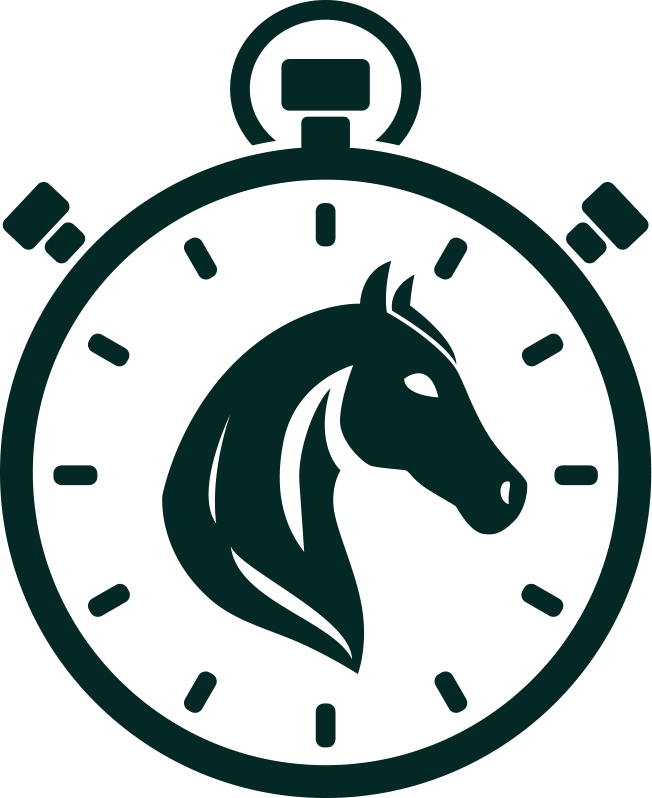Simon Holt reflects on the upcoming King George VI and Queen Elizabeth Stakes, highlighting concerns about the race’s quality if geldings were excluded. He recalls the 1999 event, part of a global racing series, and praises Daylami’s career as an example of the value in keeping top horses in training. Holt notes that this year’s field is small and would be weaker without geldings like Calandagan, Rebel’s Romance, and last year’s winner Goliath, sparking debate over whether geldings should be allowed in major Group One races. While France bans geldings from the Arc to preserve breeding prospects, Holt argues that the breeding market increasingly favors speed and precocity over stamina and middle-distance success, weakening the case against geldings.
Holt further discusses the shifting breeding landscape, where Derby and King George winners rarely become top sires, contrasting with the commercial appeal of speedy progeny like Mehmas. Despite a focus on speed, Britain excels in producing quality middle-distance horses, with British and Irish bloodstock, including geldings, highly valued internationally. He warns against abandoning middle-distance breeding, citing Australia’s struggles to produce staying horses. Recent changes to races like the Windsor Castle Stakes aim to encourage stamina but have been controversial due to restrictive sire qualifications. Holt concludes that maintaining incentives for breeding and owning middle-distance horses is crucial to the sport’s future.







